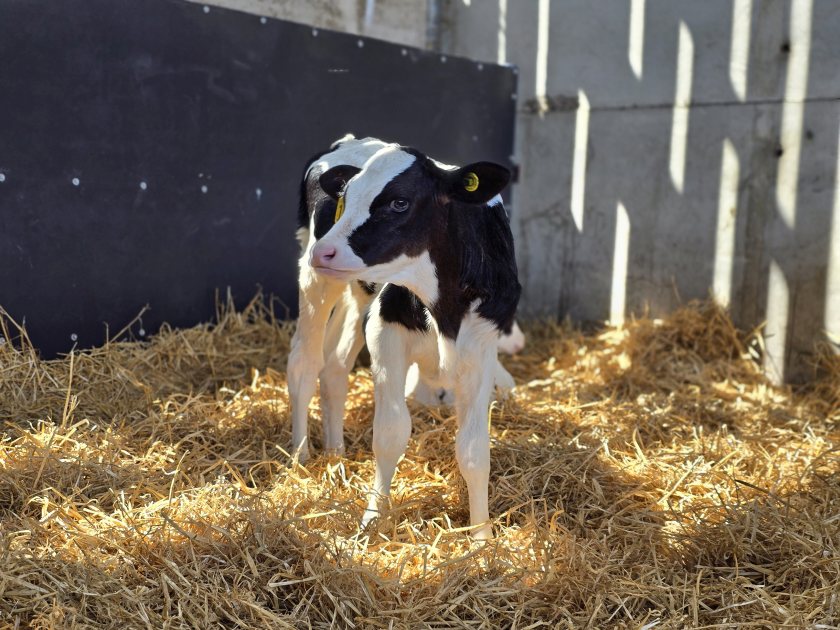
Gaps remain in the control of calf scour on British cattle farms despite progress in colostrum and hydration management, according to new data from 35 holdings across Great Britain.
The findings come from MSD Animal Health’s Five Point Plan questionnaire, developed to help farmers and vets identify weak points in scour control and strengthen on-farm resilience.
Calf cryptosporidiosis, caused by the parasite Cryptosporidium parvum (C. parvum), is the most common cause of infectious scour in Britain. It affects both dairy and suckler herds, typically striking calves between five and 14 days old.
Scour costs the UK cattle industry an estimated £11 million a year, with infections reducing growth, feed efficiency and lifetime performance.
The National Office of Animal Health (NOAH) classifies calf scour as a Category 1 disease, meaning prevention should be prioritised. Once C. parvum is present, eradication is virtually impossible — infected calves can shed billions of oocysts, and as few as 17 can cause infection.
Dr Kat Baxter-Smith, Veterinary Advisor at MSD Animal Health, said the data shows where management changes could have the biggest impact. “Lower scores show where changes will have the most impact. By covering all five areas, farmers can build their margin of safety and get scour properly under control.”
Almost half the farms surveyed were not testing total proteins in calf bloods to check for adequate colostrum transfer. Dr Baxter-Smith said “testing total proteins is quick, inexpensive, and gives an immediate indication of whether colostrum management is working.”
She added that poor colostrum management leaves calves “far more vulnerable to scour and other infections.”
Isolation was another weak spot: 21 farms isolated scouring calves only occasionally, while six never did. “Isolation is one of the simplest and most effective ways to prevent disease spread but is often overlooked,” said Dr Baxter-Smith. “Even small steps — separate buckets, disinfecting boots and clothing — make a big difference.”
The survey also found encouraging results. Most farms had effective rehydration protocols, grouped calves by age, and fed colostrum in the right quantity and timeframe.
Dr Baxter-Smith said control is about “stacking good practices together” rather than overhauling systems. “The aim isn’t to start again, but to fine-tune what’s being done well and strengthen weaker links.”
Vaccination remains a key preventive measure. “By vaccinating cows in late pregnancy, antibodies against C. parvum are passed to the calf via colostrum,” said Dr Baxter-Smith.
“Calves should receive at least three litres within six hours and continue with colostrum and transition milk for the first five days. Used alongside good management, vaccination can significantly improve calf health and farm efficiency.”
While the survey shows progress in calf care, colostrum testing, hygiene and isolation remain inconsistent across farms. Consistent testing, good hygiene and vaccination are key to reducing losses and improving calf welfare and productivity.
